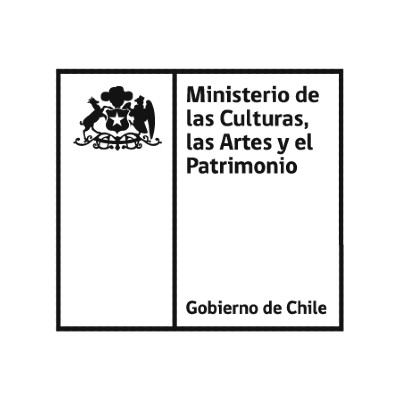
VIAJES EN PAPEL
LIBROS ILUSTRADOS

LIBROS ILUSTRADOS

El juego de mesa en Chile

2.ª Bienal de Arte Textil

Huellas y desplazamientos

Creada por María Jesús Guarda, Karina Letelier y Paulo Letelier

Observed Nature: Art and landscape seeks to open a reflection on the relationship between nature, observation and artistic creation from the second half of the 19th century and the first decades of the 20th century.
Through a selection of works belonging to various collections of public and private institutions, this exhibition includes national and international artists who produced paintings of the Chilean landscape giving an account of the importance that the natural environment and the ways of living it had, understanding and valuing it in those years and now.
For much of the 19th century, landscape painting in Chile was just one more element in the repertoire of plastic expression of the time. Already used as a registering tool for scientific explorations, or for decorative purposes, it received little attention from an autonomous aesthetic perspective. Over time, however, its status started changing, due to the training received by the students of the Painting Academy and their further improvement in European workshops, to which they traveled –with state or personal financing– to soak up new knowledge in contact with artistic references and contemporary trends. One of these was the practice of outdoors painting, which transformed the way of approaching the landscape.
Thus, since the last decades of the 19th century, landscape has established itself as an increasingly relevant theme in the national artistic world, specifically focused on the geography of the valleys and the coast of the central and southern regions of the country. In a pristine state, inhabited by humans or subjected to agricultural work, through panoramic views or still lifes, nature –reflected, above all, in the monumental presence of the mountain range– became the main object of aesthetic contemplation and inspiration for the artists in Chile of the period.
Under the curatorship of Juan Manuel Martinez, this exhibition seeks to establish an inquiry perspective in regards to the importance of nature and the artists’ ways of seeing to open reflections on the relationship between the environment, creation and artistic production. On the other hand, and finding its contemporaneity, the exhibition invites one to wonder about the way in which we value nature today. Stopping to observe the past is essential to understand the present and project into the future: how do we relate to and value the nature and landscape that surround us? is one of the latent questions and reflections in this exhibition.
Banco Central de Chile • Museo Nacional de Bellas Artes • Museo Palacio Vergara • Museo Histórico Nacional • Pinacoteca Universidad de Concepción.
Onofre Jarpa • Pedro Lira • Juan Francisco González • Alberto Valenzuela Llanos • Alberto Orrego Luco • Enrique Swinburn • Thomas Somerscales • Eugenio Guzmán Ovalle • Pedro Jofré • Rafael Correa • Joaquín Fabres • Demetrio Reveco • Burke • Ernesto Molina Vázquez • José Backhaus Martin • Alfredo Helsby • Celia Castro • Eucarpio Espinosa • Manuel Thomson • Giovatto Molinelli • Ramón Subercaseaux • Miguel Campos • Antonio Smith • Desiree Chassin • Aurora Mira.
© Paisaje cordillerano y laguna, Antonio Smith.
